You’ve undoubtedly heard the often-repeated mantra that your gear doesn’t matter. The implication is a good photographer can create great images with even the most modest equipment.
Writing for B&H Photo’s Explora tips site, Todd Vorenkamp points out that when it comes to macro photography, proper gear is mandatory. In an article entitled Essential Gear for Nailing Focus in Macro Photography Vorenkamp writes:
If you have a macro lens and tripod and you have embarked on the awesome exploration of the tiny world around you, you may have noticed that precision macro focusing is one of the challenges of macro photography. No worries, however! There is some gear that can help you improve your macro focus game.
The premise of the piece is Macro Photography requires specialized equipment including:
- Macro Lens
- Macro Focusing Rails
- Geared Tripod Head
- L-bracket
- Remote Shutter Release
Vorenkamp also explains are some techniques that in themselves don’t need specific gear, but call for particular camera features or software.
- Focus Stacking
- Focus Peaking
- Live View
Of course, you don’t need everything on this list to produce eye-catching macro shots, but your percentage of winning shots will rise dramatically with the right equipment. At a minimum, you will need either a macro lens, close-focusing auxiliary filters, a reversing ring, extension tubes or a macro bellows setup.
Even with some or all of this gear in your camera bag, you almost have to have a sturdy tripod and a remote shutter release. Otherwise, your percentage of sharp, in-focus photos will be low.
In addition to all the paraphernalia discussed on the Explora site, good lighting is also a necessity. You can capture nice close-ups in bright sunlight, but most macro setups degrade the light dramatically. As a result, I’ve found strong lighting is mandatory for most macro work. So you can add off-camera flash or powerful auxiliary lighting accessories to the equipment list. Don’t think you can get away with your camera’s pop-up flash, either. Often the lens or bellows will create a strong, ugly shadow on your subject. In addition, most built-in flashes aren’t designed for short distance work, so you risk hot spots and burned-out areas on your close-ups.
None of this is meant to discourage you from experimenting with macro photography, even if you lack the proper gear. Persistence pays, and you might create some images you are proud of. But close-up work is one area where your gear definitely makes a huge difference.
If you want to experiment with macro photography I think Vorenkamp’s article is well worth a read.
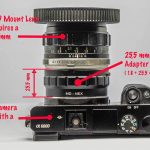
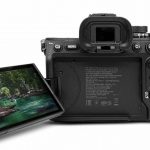
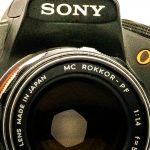
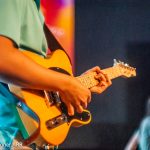

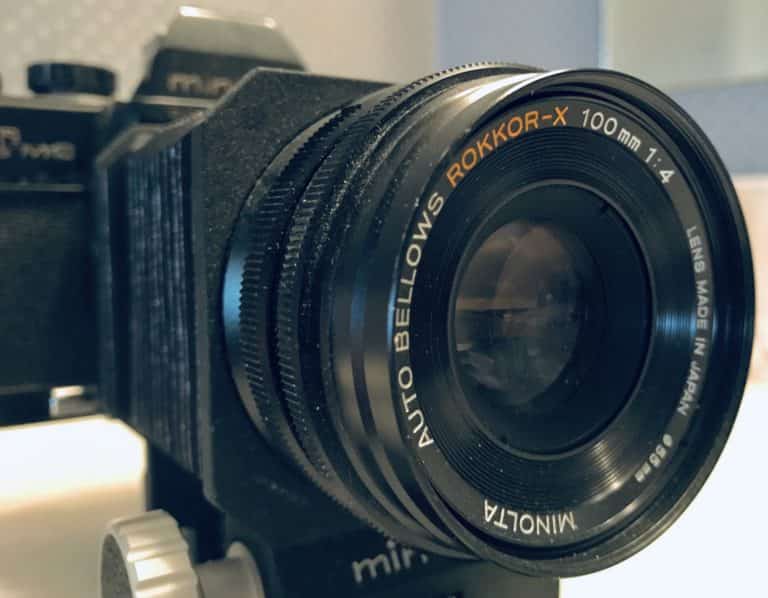
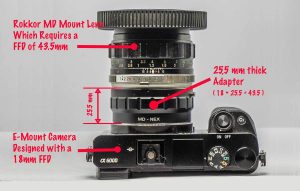

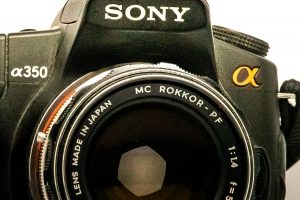
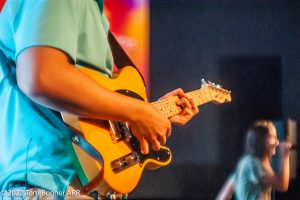
More Stories
Is Film better than Digital?